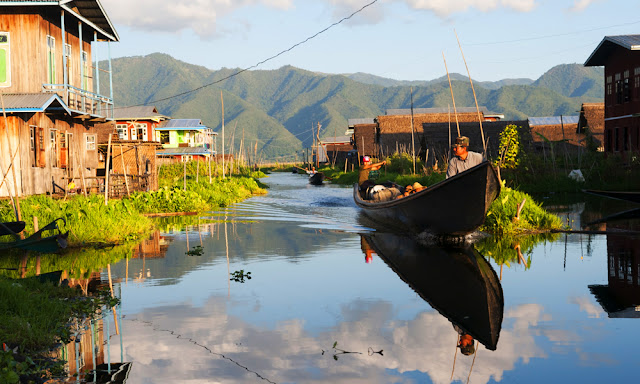Top Ten Most Corrupt Politicians In The World [REPORT]
1. Imran Khan The Prime Minister Of Pakistan: Named Most Corrupt Politician In The World. Politicians, especially those holding a public office, are supposed to serve their country and their people. But many politicians use their political power for illegitimate private gains – at the expense of taxpayers, of course. According to a list of ten most corrupt prime ministers compiled by Fox News Point, Pakistani prime minister Imran Khan is the most corrupt prime minister in the world in 2019.
2. Narendra Modi: The prime minister of India
The second most corrupt prime minister in 2017 was India’s Narendra Modi. Though Modi claims to have cracked down on corruption, Fox News Point says he had taken money in the past from rich businessmen for his election campaigns. According to the publication, Modi took money from industrial conglomerates Birla Group and Sahara Group while serving as the chief minister of Gujarat.
3. Russia’s Vladimir Putin:
Russian President Vladimir Putin is ranked third. According to some estimates, Putin has a net worth of more than $200 billion. That’s more than the combined worth of Bill Gates and Warren Buffet. He has amassed his wealth through illicit means. Putin holds stakes in oil fields, natural gas companies, and other assets. Despite all the corruption, he still enjoys a high approval rating in Russia.
4. Japanese prime minister Shinzo Abe
Shinzo’s approval ratings fell considerably in 2017 as he has been accused of serving his personal friends rather than the party. Not too long ago, he was considered invincible. The Liberal Democratic Party (LDP) had even changed its rules to allow Abe to seek the third consecutive term as the chief of the party. Following two school corruption scandals, his approval rating has plunged to just 26%, the lowest since 2012.
5. Russian prime minister Dmitry Medvedev
Medvedev is the current prime minister of Russia. He also served as the third president of the country between 2008 and 2012. He is a close aide of Vladimir Putin, and has been described as the “most hated man in Russia” by Foreign Policy. Medvedev was allegedly involved in multiple corruption scandals. He owns a mountain villa, a vineyard in Italy, and two luxury yachts among other things. The Russian prime minister has allegedly profited from a “complex business network” that concealed bribes by using charity foundations and offshore schemes.
6. Former British prime minister David Cameron
His name just had to be there in the list of the world’s most corrupt prime ministers. Around the same time Cameron was calling other countries “fantastically corrupt,” his name appeared in the leaked Panama papers. David Cameron has even officially admitted that he has profited from offshore entities. He and his wife have also held shares in a tax haven fund in the past.
7. Teodoro Obiang Nguema Mbasogo of Equatorial Guinea
Mbasogo has been the president of Equatorial Guinea since 1979. In 2003, a state-run radio channel declared him the “god” of the country with “all power over men and things.” Besides corruption, the Equatorial Guinea dictator has been accused of mass killings, kidnappings, and impunity. According to Forbes, his net worth is $600 million. About a decade ago, he told his countrymen that he had to take full control of the national treasury to prevent government employees from indulging in corrupt practices. Soon after taking control, he transferred more than $500 million to his personal bank accounts in the US.
8. Sigmundur David Gunnlaugsson of Iceland
Sigmundur David Gunnlaugsson’s name gained international attention after the Panama Papers leak. Following revelations that he had funneled money to offshore accounts, he resigned as the prime minister of Iceland in April 2016. For some reason, Fox News Point still named him among the most corrupt prime ministers of 2017.
9. Kim Jong-Un
Yeah, I’m talking about the tiny little North Korean dictator who somehow has learned how to nuke the United States. When you control everything from the Internet to radio to television to newspaper to factories to nuclear sites, no one can dare to call you corrupt. At least not in your country. Even if a North Korean citizen combines the words “corrupt” and “Kim Jong-Un”, they are going to be shot dead. The Panama Papers revealed that North Korea was selling arms through a British firm. According to an estimate, Kim John-Un’s net worth is $5 billion.
10. Petro Poroshenko of Ukraine
Poroshenko is the least corrupt political leader in the list. Poroshenko has made the anti-corruption institutions toothless. A few months ago, Ukrainian citizens carried out massive protests across the country, calling for impeachment of Petro Poroshenko. Instead of fighting against corruption, Poroshenko himself was allegedly involved in corruption scandals.





































































